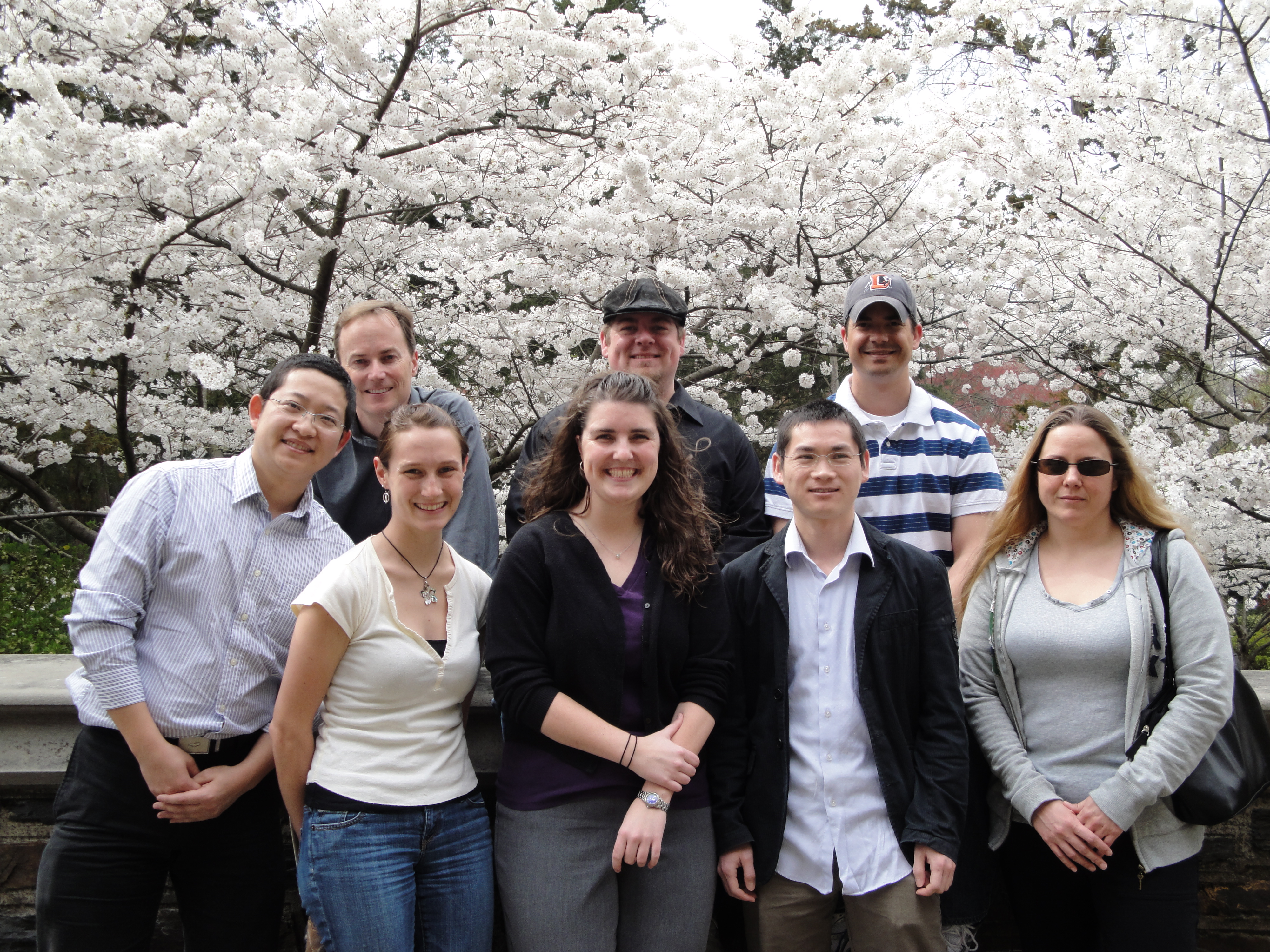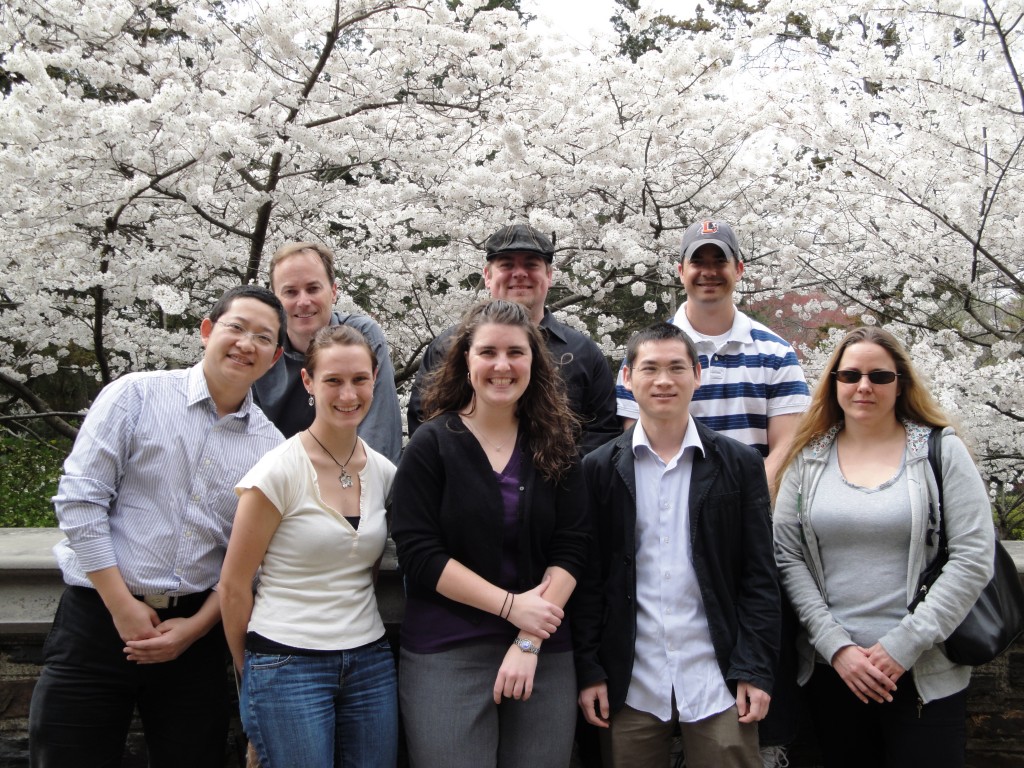Technical Expertise
SYNTHESIS
While the intellectual focus of our research lies in structure-property relationships, organic and organometallic synthesis lie near the foundation of all that we do. In general, we synthesize molecules (both big and small!) that are well–suited to test specific hypotheses in materials chemistry. The lessons learnt from experimental work are then redirected toward the design and synthesis of new generations of molecules and polymers.
FORCE SPECTROSCOPY
We use two home-built atomic force microscopes to explore the relationship between mechanical forces and chemical activation. This technique has provided new insights into: (1) the dynamics of self-repair in reversible polymer interfaces; (2) the mechanical activation of ligand exchange in coordination complexes; and, (3) the mechanical activation of electrocyclic rearrangements along a polymer backbone.
OTHER TECHNIQUES
We currently use a wide range of techniques including rheometry, dynamic mechanical analysis and other mechanical testing, ultrasonication, size exclusion chromatography, contact angle measurements, ellipsometry, AFM imaging, X-ray diffraction, multi-dimensional NMR, MALDI-TOF, fluorescence spectroscopy, XPS, SEM, and TEM. We’ve also gotten to be pretty good at image analysis. These techniques are available either in our lab or in central facilities, and sometimes we build equipment in order to do an experiment we’re interested in. The bottom line is that when there’s a question we want to answer, we try to be as creative as we need to in order to find the right answer. Oh, and sometimes we do chemistry by hitting things with hammers or building soft devices ranging from soft robots to stretchable antennas to electronic skin. Check out our multimedia archive for examples!

